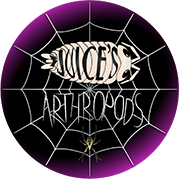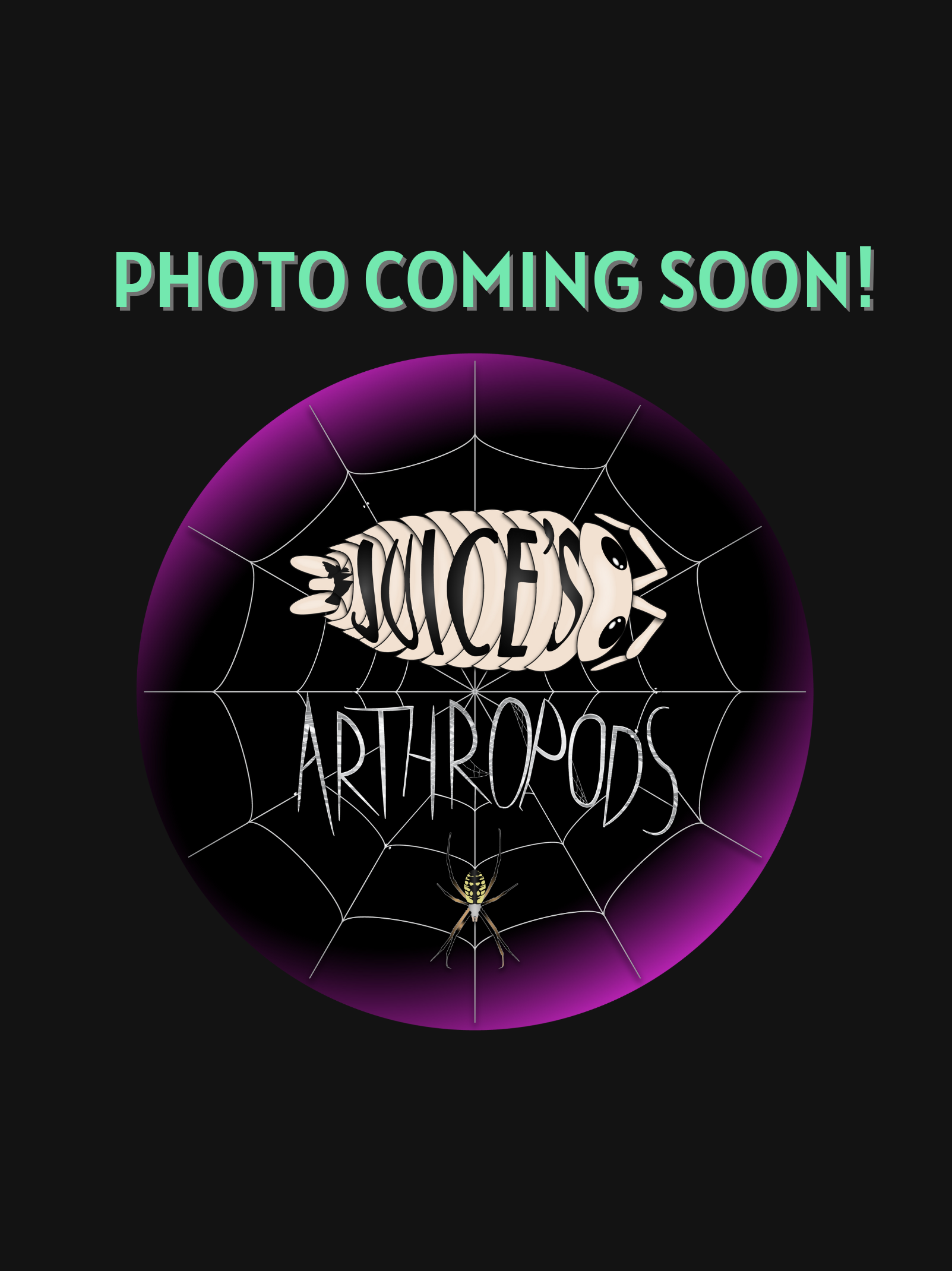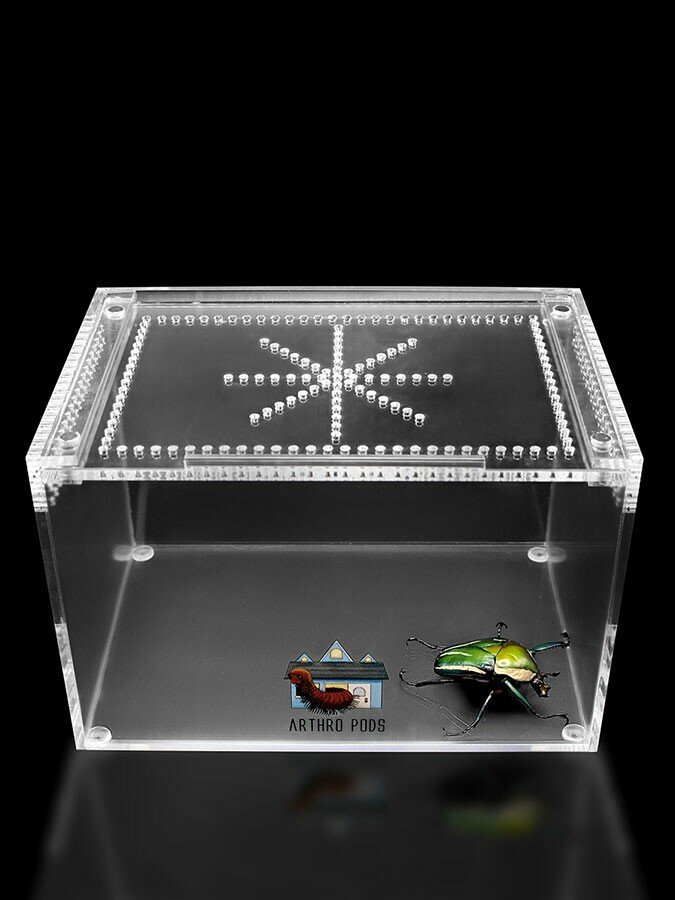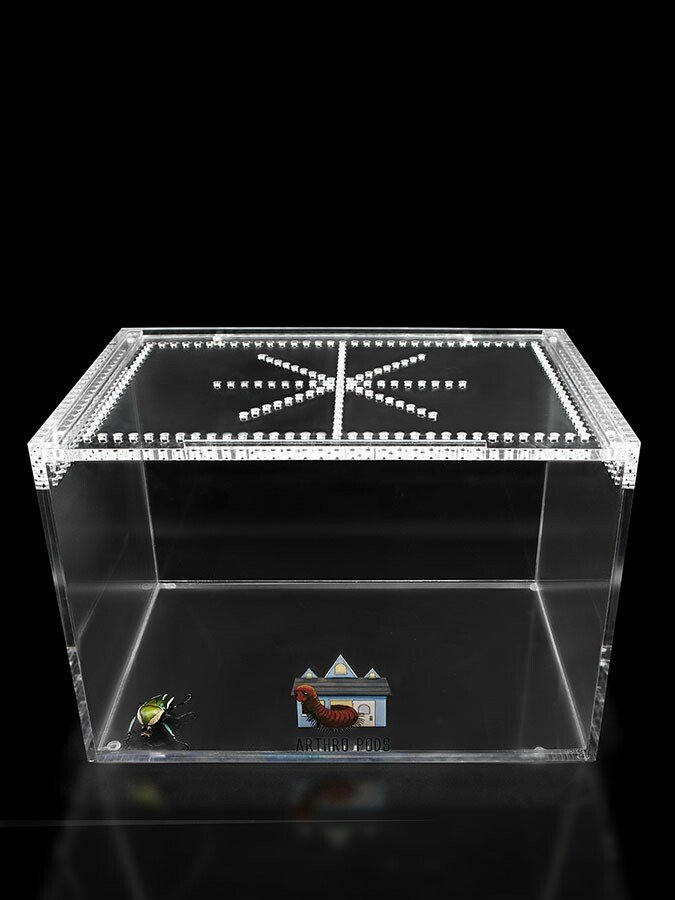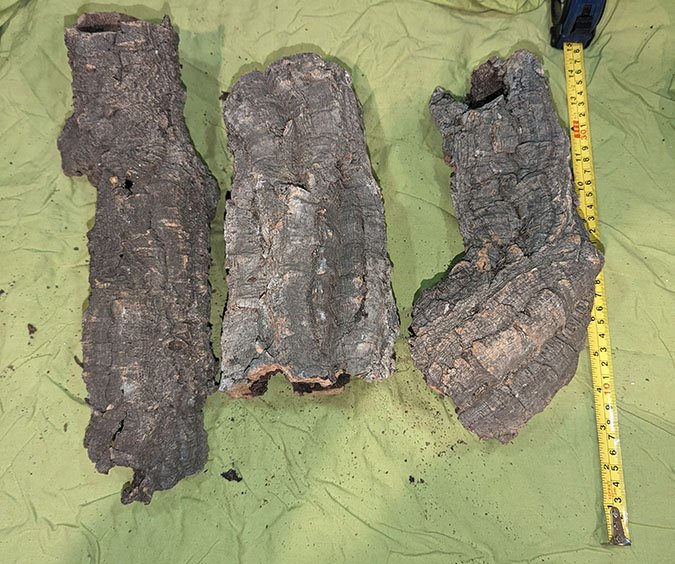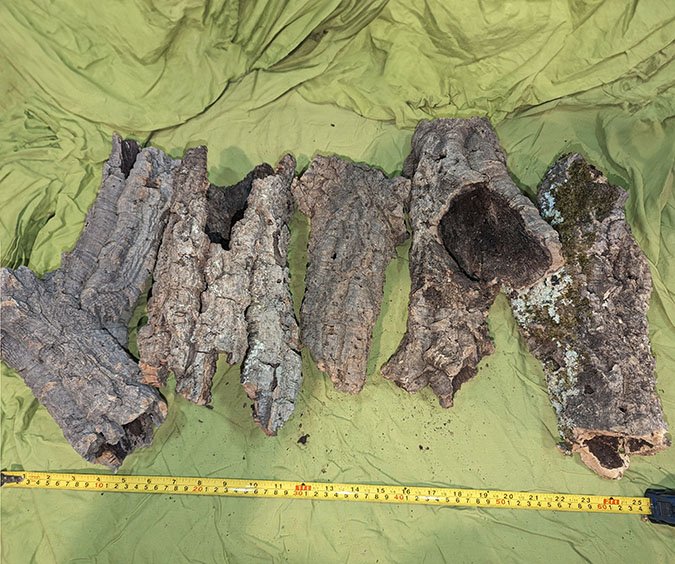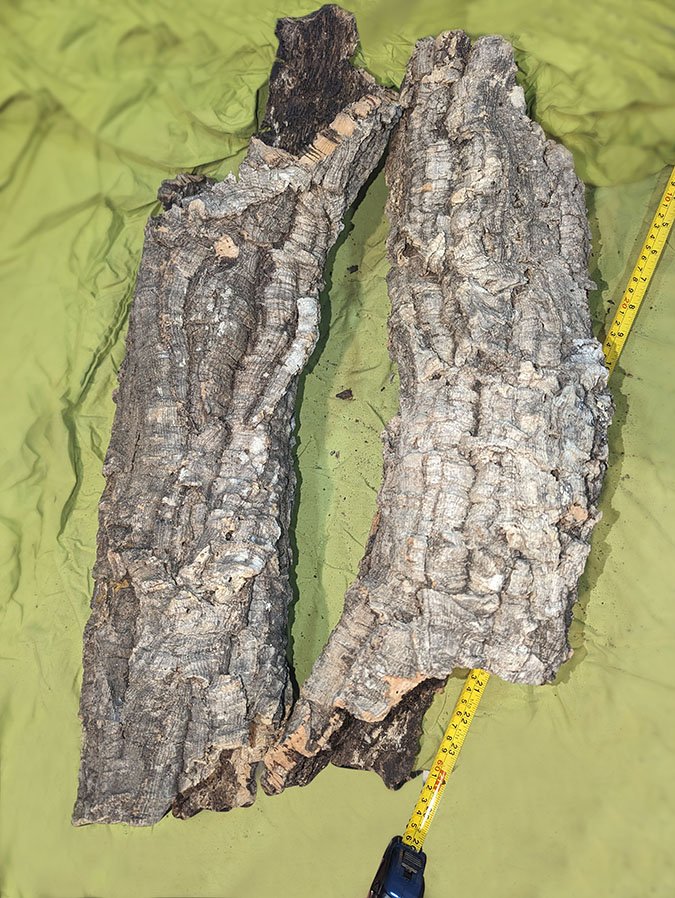Pterinochilus murinus "Usambara"
The Pterinochilus murinus "Usambara" color form, commonly known as the Usambara Orange Baboon Tarantula (or OBT for "Orange Bitey Thing"), is a striking and highly sought-after species known for its vivid orange coloration and intricate patterning. With a medium leg span of approximately 4–6 inches, this species is renowned for its bold appearance and strong webbing tendencies, often creating intricate silk tunnels and structures. Its captivating beauty and fascinating behaviors make it a favorite among tarantula enthusiasts who appreciate vibrant colors and dynamic enclosure setups.
The Pterinochilus murinus "Usambara" color form, commonly known as the Usambara Orange Baboon Tarantula (or OBT for "Orange Bitey Thing"), is a striking and highly sought-after species known for its vivid orange coloration and intricate patterning. With a medium leg span of approximately 4–6 inches, this species is renowned for its bold appearance and strong webbing tendencies, often creating intricate silk tunnels and structures. Its captivating beauty and fascinating behaviors make it a favorite among tarantula enthusiasts who appreciate vibrant colors and dynamic enclosure setups.
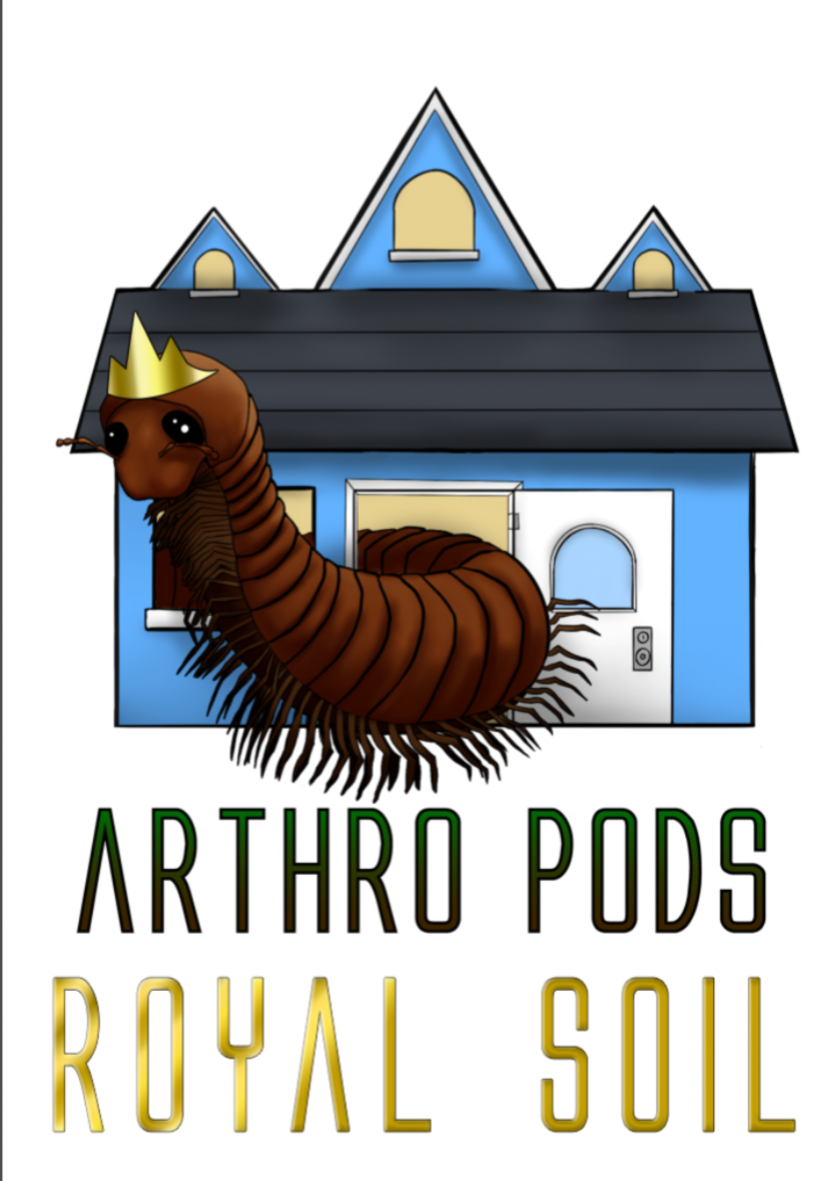
The Pterinochilus murinus "Usambara" color form, commonly known as the Usambara Orange Baboon Tarantula (or OBT for "Orange Bitey Thing"), is a striking and highly sought-after species known for its vivid orange coloration and intricate patterning. With a medium leg span of approximately 4–6 inches, this species is renowned for its bold appearance and strong webbing tendencies, often creating intricate silk tunnels and structures. Its captivating beauty and fascinating behaviors make it a favorite among tarantula enthusiasts who appreciate vibrant colors and dynamic enclosure setups.
What's the ideal diet for a Usambara Orange Baboon Tarantula?
All Tarantulas can eat a variety of feeders. Stick to crickets, dubia roaches, silkworms, horned worms occasionally, and a superworm or mealworm as the occasional treat!
How should I keep a Usambara Orange Baboon Tarantula?
For this particular creature, you can start with the Terrestrial Terrain small enclosure if under a ¼in -1.2in Spiderling (sling), and when they get to be about 1in the size, you will want to either go to the Terrestrial Terrain Medium, or Terrestrial Terrain Large enclosure. Feed them as slings once a week, twice if their opisthosoma (abdomen) looks small, but if the opisthosoma is wider than their prosoma (pneumothorax) then wait a couple of days to feed. For juveniles or adults, stick to feeding once a week, nothing larger than their opisthosoma. Make sure to keep a water dish at all times full, wider and deeper is preferred.
How long could a Usambara Orange Baboon Tarantula live?
Females are believed to live upwards of 10-15+ years in captivity, and even males can live upwards of 3-4 years of age. All estimates are based on multiple sources.
